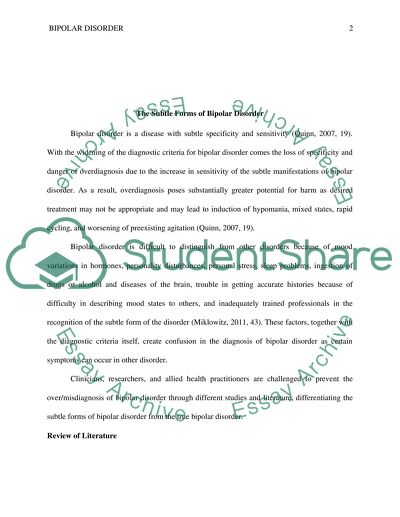Cite this document
(“Bipolar Disorder Term Paper Example | Topics and Well Written Essays - 1500 words”, n.d.)
Retrieved from https://studentshare.org/nursing/1394021-bipolar-disorder
Retrieved from https://studentshare.org/nursing/1394021-bipolar-disorder
(Bipolar Disorder Term Paper Example | Topics and Well Written Essays - 1500 Words)
https://studentshare.org/nursing/1394021-bipolar-disorder.
https://studentshare.org/nursing/1394021-bipolar-disorder.
“Bipolar Disorder Term Paper Example | Topics and Well Written Essays - 1500 Words”, n.d. https://studentshare.org/nursing/1394021-bipolar-disorder.


